On 6th October, after 10 years in Place Vendôme, the Van Cleef & Arpels-sponsored L’École School of Jewelry Arts is relocating to a beautifully restored 18th-century mansion on Boulevard Montmartre. The historic building – Hôtel de Mercy-Argenteau – will be open to the public for the first time and will be home not only to the school but also to a large exhibition space and a one-of-a-kind bookstore dedicated to the world of jewellery.
The ethos of L’École has always been to share an appreciation of fine jewellery with the world; thus, all temporary exhibitions are free to the public. “Our world shouldn’t intimidate, or turn anyone away,” says Nicolas Bos, President and CEO of Van Cleef & Arpels. “And this new Boulevard Montmartre address feels more accessible than our Place Vendôme location.”
The building has a rather gilded history: built-in 1778 by architect Firmin Perlin, the mansion was not named after its first occupant, the greatly influential Florimond Claude, Count of Mercy-Argenteau. As an ambassador under Maria Theresa of Austria, Claude arranged the marriage of Louis XVI and Marie Antoinette, who considered the Count a confidant and adviser. Before fleeing to Varennes, the young queen – known for her love of all that glitters – left a trunk of jewellery with the Count for safekeeping. Miraculously, the trunk survived, forever linking the Hôtel de Mercy-Argenteau with priceless gems.

Constance Guisset has redesigned the interior of the Hôtel de Mercy-Argenteau to optimise the display of the exhibitions it will host.
Designer, architect and scenographer Constance Guisset had the honour of reworking the building’s interior to suit its new purpose as a public gallery. “I was not asked to enhance the building, but to adapt the interior for exhibitions,” she says. “The historic context must not overshadow the works that are being presented. The two must coexist in harmony.”
To accentuate the jewellery, Guisset used shades of blue and discreet lighting in the exhibition hall. “Dark blue evokes the night, astronomy and mystery. It also condenses space,” she says. “And the sober design and colour of the spotlights make them disappear. Good lighting is lighting that no one notices.”
The school’s grand inaugural exhibition, Stage Jewelry from the Comédie Française, will feature 120 accessories, pieces of art and documents that are for the most part sourced from the theatre’s collections. The jewellery, which had been tucked away in the archives of the Comédie-Française, had been worn many times on stage and showed centuries of wear and tear. Fortunately, L’École sponsored its painstaking restoration by a team led by art historian Sabine Mattatia.
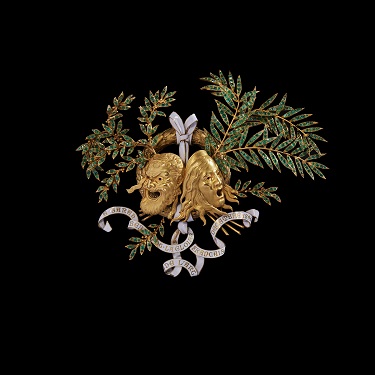
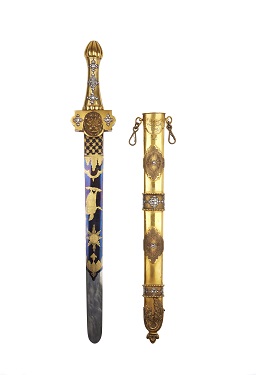
Examples of pieces displayed at the Stage Jewellery from the Comédie-Française exhibition. Left, Brooch that belonged to Sarah Bernhardt by Rene Lalique. Right, Talma’s ceremonial sword early 19th century made from gilded metal and mirrored pearl glass. Pictures courtesy of L’École.
In addition to the Comédie Française exhibition and the school’s many courses, there will be a series of one-hour talks to kick off the reopening:
17th October: Stage Jewels of the Comédie-Française
31st October: The taste of Marie-Antoinette: fashion, jewellery and precious furniture
14th November: Amber: Art & Science
31st November: Cabinets of Wonder: Collecting Gems and Precious Objects
To enrol, and for further information, visit www.lecolevancleefarpels.com
Words: Lisa Hillman
Opening picture: Hôtel de Mercy-Argenteau © Benjamin Chelly





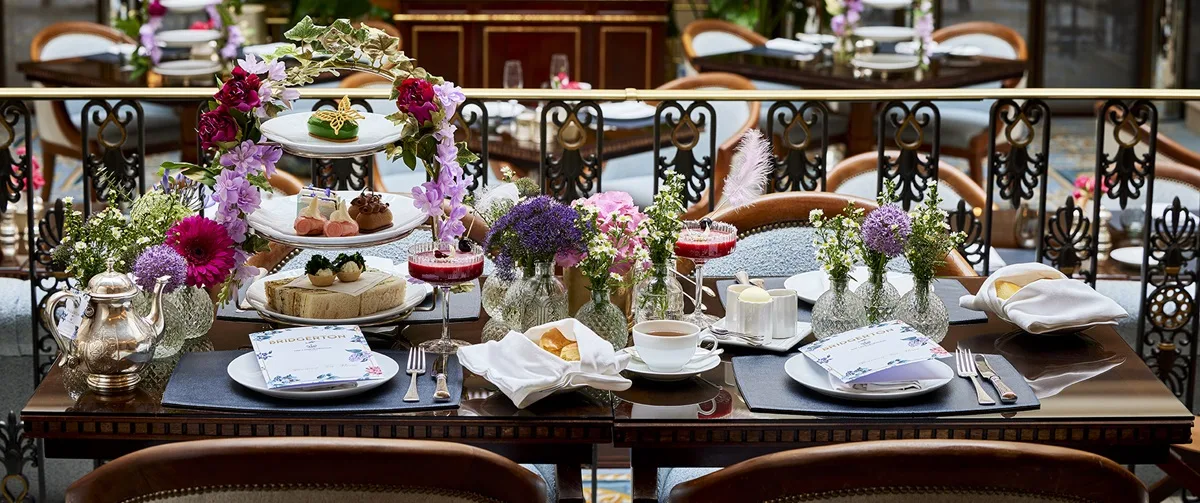



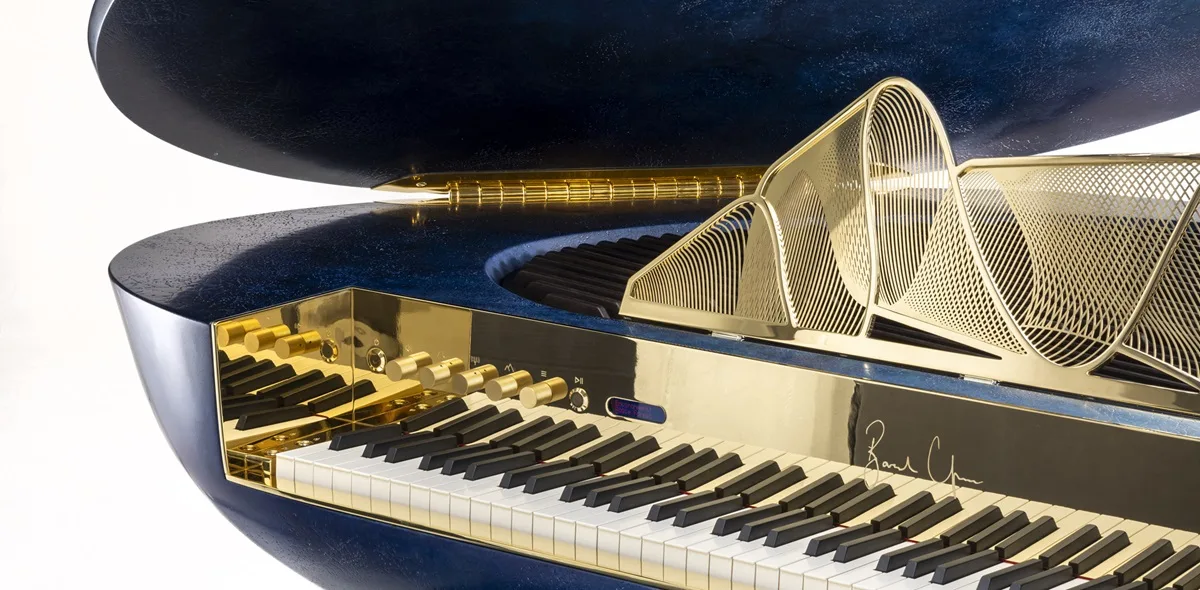
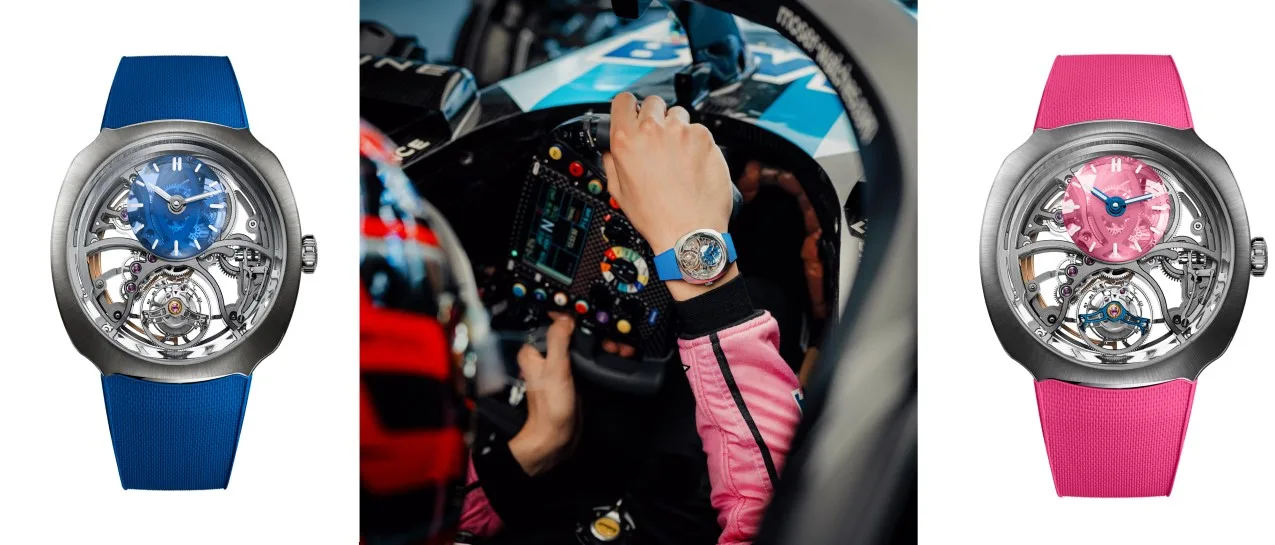



Show Comments +